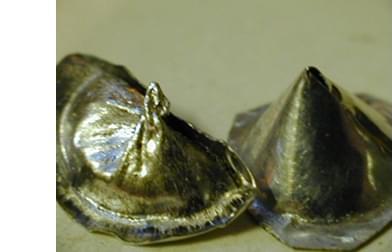Existence of an axial (poloidal) component of magnetic field in the dense plasma focus has been inferred using multiple diagnostics in many laboratories since 1979. It has not received much attention because its origin as well as role in plasma focus physics was unclear till recently. Recent discovery of long-lasting neutron emission perpendicular to the axis in PF-1000 and neutron fluence ratio (end/side) less than unity in Gemini shows that azimuthally accelerated and radially confined deuterons play an observable role in fusion reactions. A spontaneously generated poloidal magnetic field can provide both the azimuthal electric field necessary for acceleration and radial confinement of the ions being accelerated in the acceleration zone. A comprehensive survey of plasma focus research also confirms the role of spontaneously self-organized plasma objects in the fusion reaction process where their three-dimensional magnetic field structure provides a mechanism for accelerating and trapping ions making them repeatedly pass through a dense plasma target. With emerging appreciation of the likely role of the axial magnetic field in plasma focus neutron emission, it becomes imperative to consider models for its origin. This Letter proposes a partial theory of growth of the axial (poloidal) magnetic field via a simple dynamo, with the geomagnetic field as the seed, which converts the kinetic energy of the plasma into energy of the poloidal magnetic field. This theory leads to an experimentally testable proposition.
